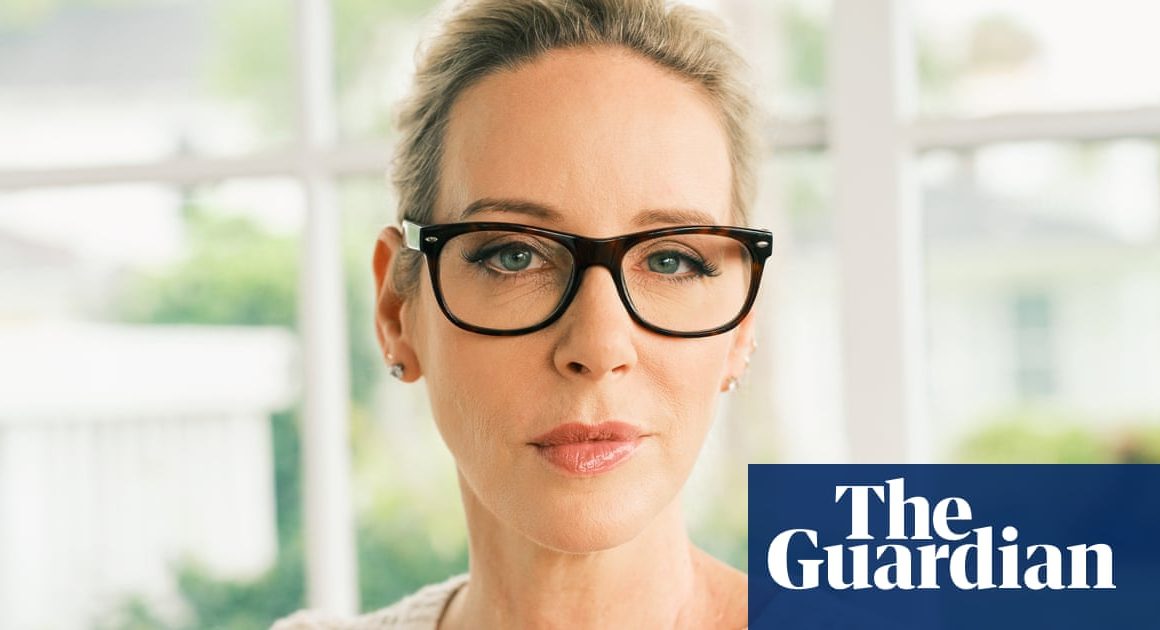Closing the gender health gap could add at least $1tn (£790bn) a year to the global economy by 2040, according to the first report to quantify the economic opportunities of investing in womenâs wellbeing.
Every $1 invested to improve womenâs health could generate $3 for the economy as quality of life improves and women are able to actively participate in the workforce. It could lead to an extra seven healthy days each year for every woman, or more than 500 days over a lifetime.
The research, published in Davos on Wednesday by the World Economic Forum and the McKinsey Health Institute (MHI), found that on average women were in poor health for 25% longer than men and that this could be cut by almost two-thirds if the health gap was closed.
The report quantified the health gap in terms of disability-adjusted life years â the number of years lost due to ill health, disability or early death â and the extent to which this difference results from the structural and systemic barriers women face.
It cited studies from Denmark that showed women received a later diagnosis than men for a range of diseases â up to 2.5 years longer for cancer, while metabolic diseases, such as diabetes, were diagnosed on average 4.5 years later.
It found womenâs health is often simplified to include only sexual and reproductive health, which under-represents womenâs health burden. It also showed that data on womenâs health was often missing or inaccurate, and funding for research into specific conditions was scarce. As of 2015, there were five times more scientific studies on erectile dysfunction, which affects 19% of men, than on premenstrual syndrome, which affects 90% of women.
Dr Lucy Pérez, a co-author of the report and senior partner at MHI, said: âMany people think that because women live longer, they are healthier, and thatâs just not true. On average, women spend nine years of their lives in poor health, and the majority of these are during working age. Many of the root causes are addressable.
âEven with the same condition â for example, having a heart attack â the way the disease manifests is different. Because when the same toolkit is used for both sexes who are biologically different, one group can have a worse outcome.
âThe good news is that we know this, and can design interventions that can meet the needs of individuals that health professionals are meant to serve, and get to better health outcomes. Better health outcomes translates into more opportunities for individuals.â
The health and economic benefits of closing the womenâs health gap were âtremendousâ, Pérez added.
Anouk Petersen, a co-author of the MHI report, said: âWomen have been treated by the scientific and medical communities as though they are small men, when our entire biology is different ⦠We must evolve our understanding of womenâs health to look at the whole person in a much more specific way if we are going to close this gap.â
The reportâs release coincided with the launch of the Global Alliance for Womenâs Health, a multisector global platform to improve investment in womenâs health. At least 42 organisations have signed up to support the alliance, pledging $55m.











